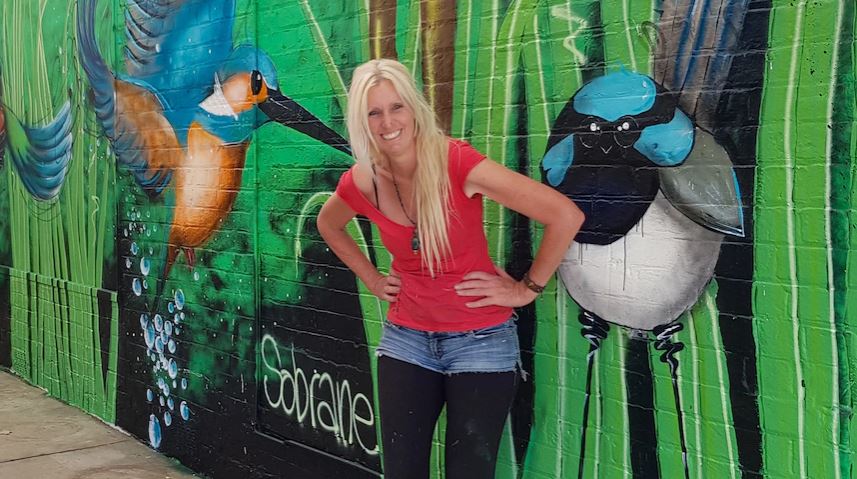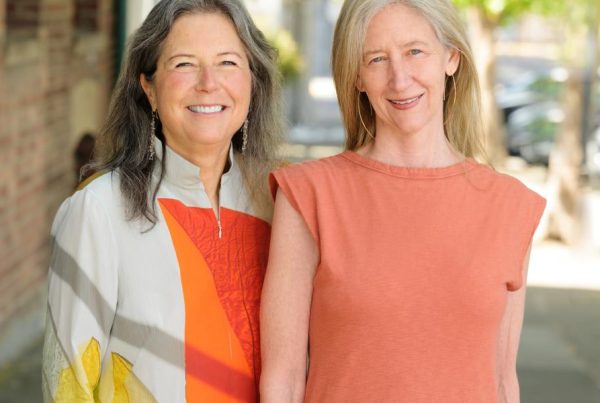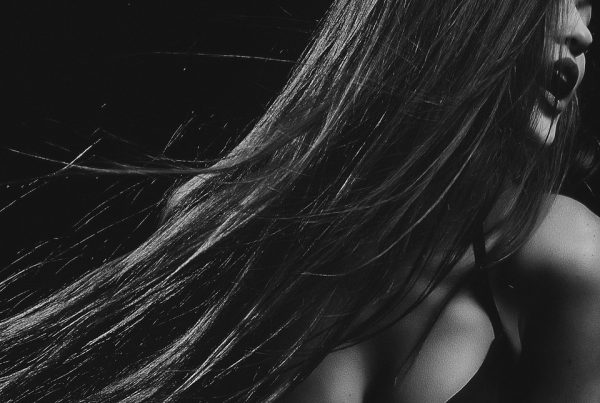“Magical” would not be the way most 10 year olds describe mathematics, but Sobrane Simcock never did see the world in the same way as most people.
Thinking back to her childhood, the Denmark-based artist remembers numbers on the blackboard appearing in different colours.
Simcock has synaesthesia — a perceptual phenomenon where a person experiences colour when another sense is stimulated.
This could be in the form of numbers or letters, or even sounds and smells being perceived in colour.
“I remember when I was 10 years old, I was watching maths all over the blackboard and I was just thinking to myself how magical maths is because it’s so colourful,” Simcock said.
“I [also] see it in sounds … if I’m listening to music I can listen to colour as well.”
The science of synaesthesia
The prevalence of synaesthesia is unknown, with estimates ranging from one in 100,000 people up to 4 per cent of the population.
“When I was 30 I watched a Catalyst show on the ABC and they were showing a violin sound and they said when some people hear a violin they see this beautiful colour,” Simcock said.
“They had the colour wafting through the image and I was like ‘oh my goodness, that’s what I see’.
“I contacted Catalyst and the University of Melbourne was doing research on it, so I went through the [university’s study] program.
“It taught me a lot because I just thought what I see is normal, but once you go through the program you realise you’re seeing extra.”
Simcock has grapheme-colour synaesthesia – one of the most common forms where letters and numbers are tinged or shaded with colour.
She also associates sound with colour and even certain smells.
“I used to waitress at weddings. Could you imagine all the different perfumes? I’d be walking through all these clouds of colour all night,” she said.
Famous synesthetes reportedly include musicians Billy Joel and Tori Amos, actor Geoffrey Rush and artist Vincent Van Gogh.
An individual experience
Most individual synaesthetes do not see the same colours, but some studies have reported some commonalities across letters.
“My number two is sky blue … and three is a golden yellow,” Simcock said.
“The interesting thing with addition is if four and seven are put together, seven becomes grey.
“All my mental maths is coded in colour, so I’m quite good at mental maths.”
On the other hand, Simcock said she does not have good facial recognition, which she attributes to synaesthesia, and she gets tired in noisy city environments.
But she said it had greatly influenced her work as an artist who paints large-scale murals on public buildings.
“It’s just like breathing – the synaesthesia, the art – it’s all part of the same package. I think it helps enormously,” she said.
“I’m pretty fearless with the colour, I love colour.
“I think it has a really nice vibe to it, an energy that comes out of it … definitely the synaesthesia is playing a part there.”
Source: WA artist Sobrane Simcock is living a colourful life with synaesthesia – ABC News













